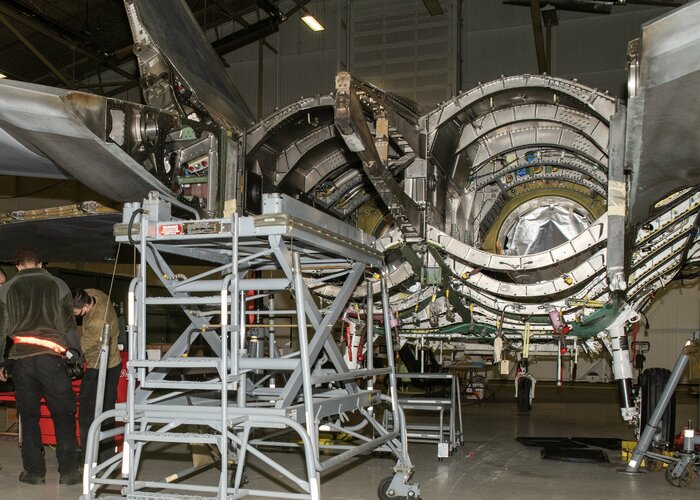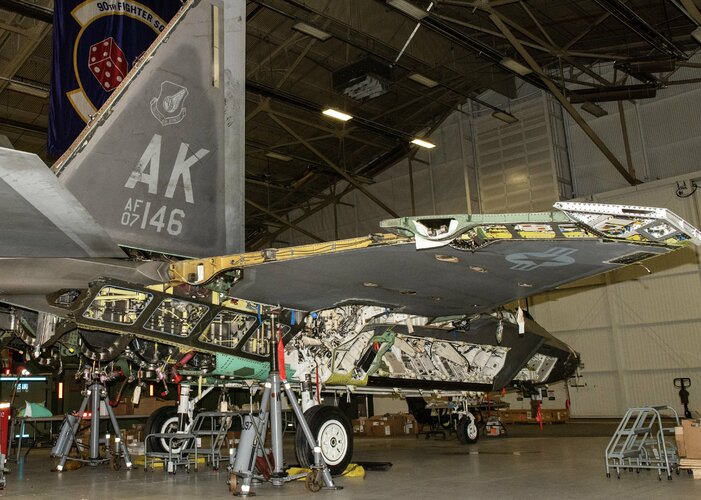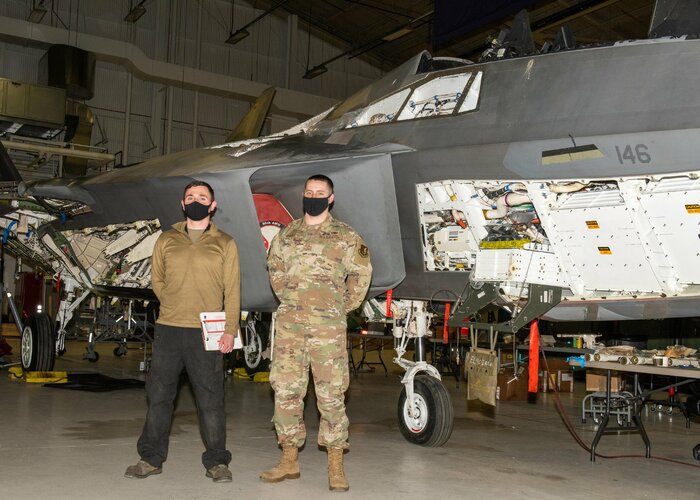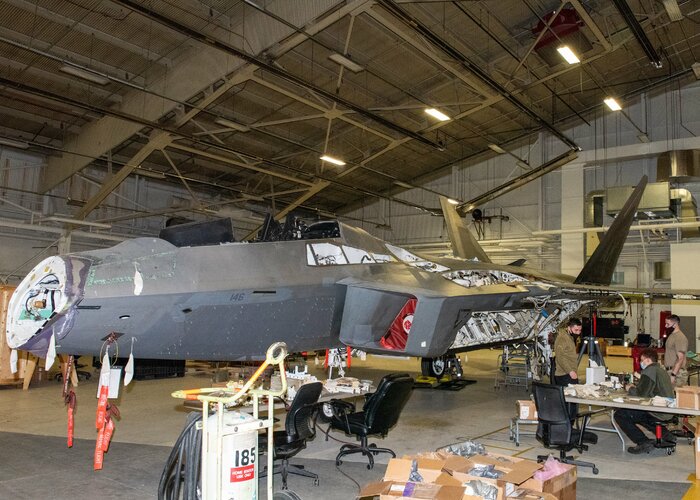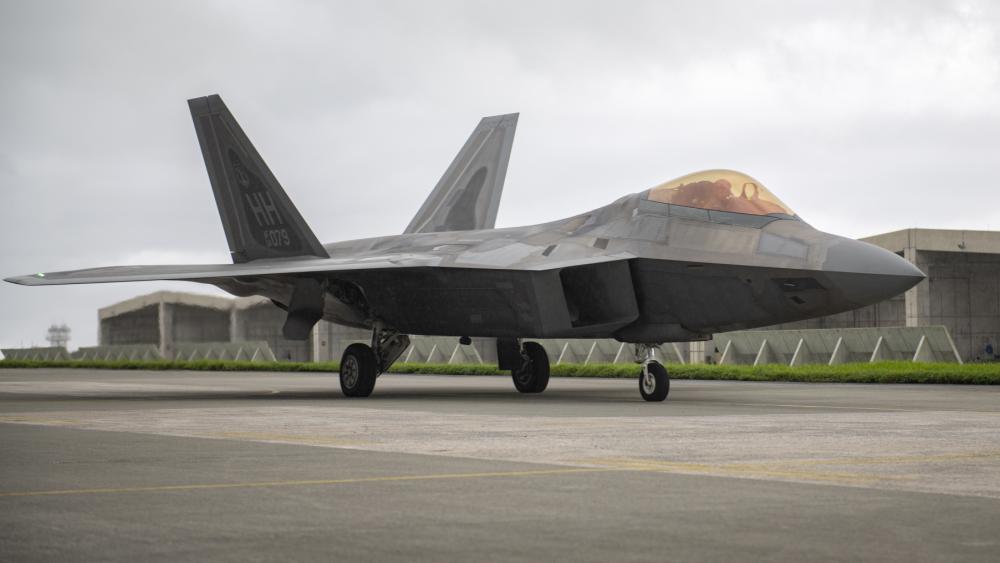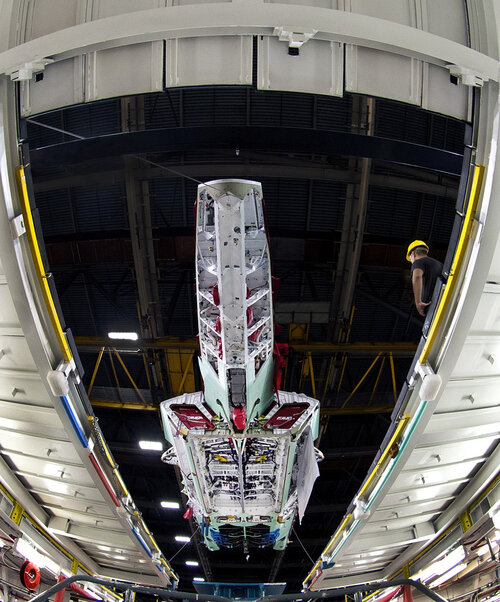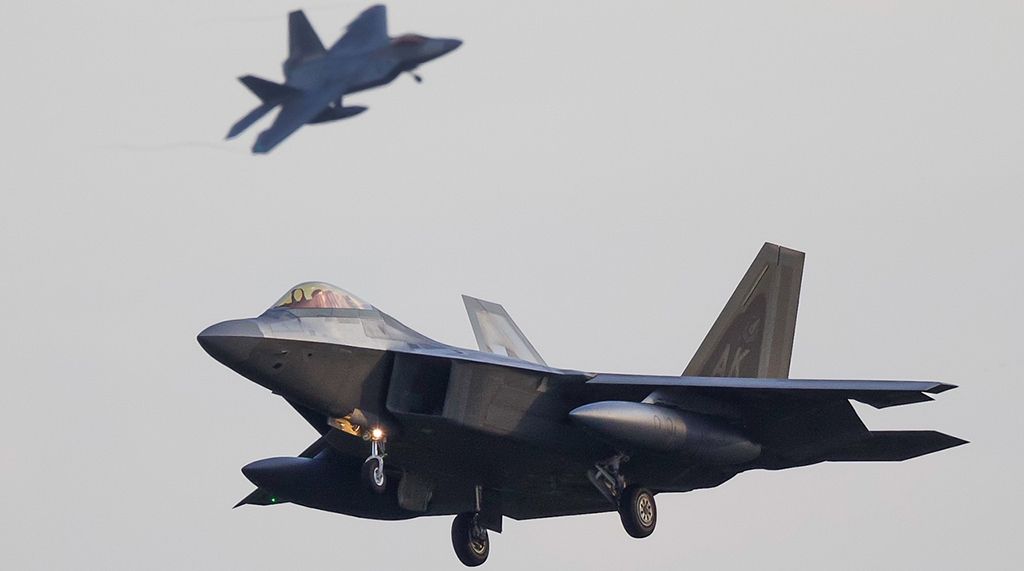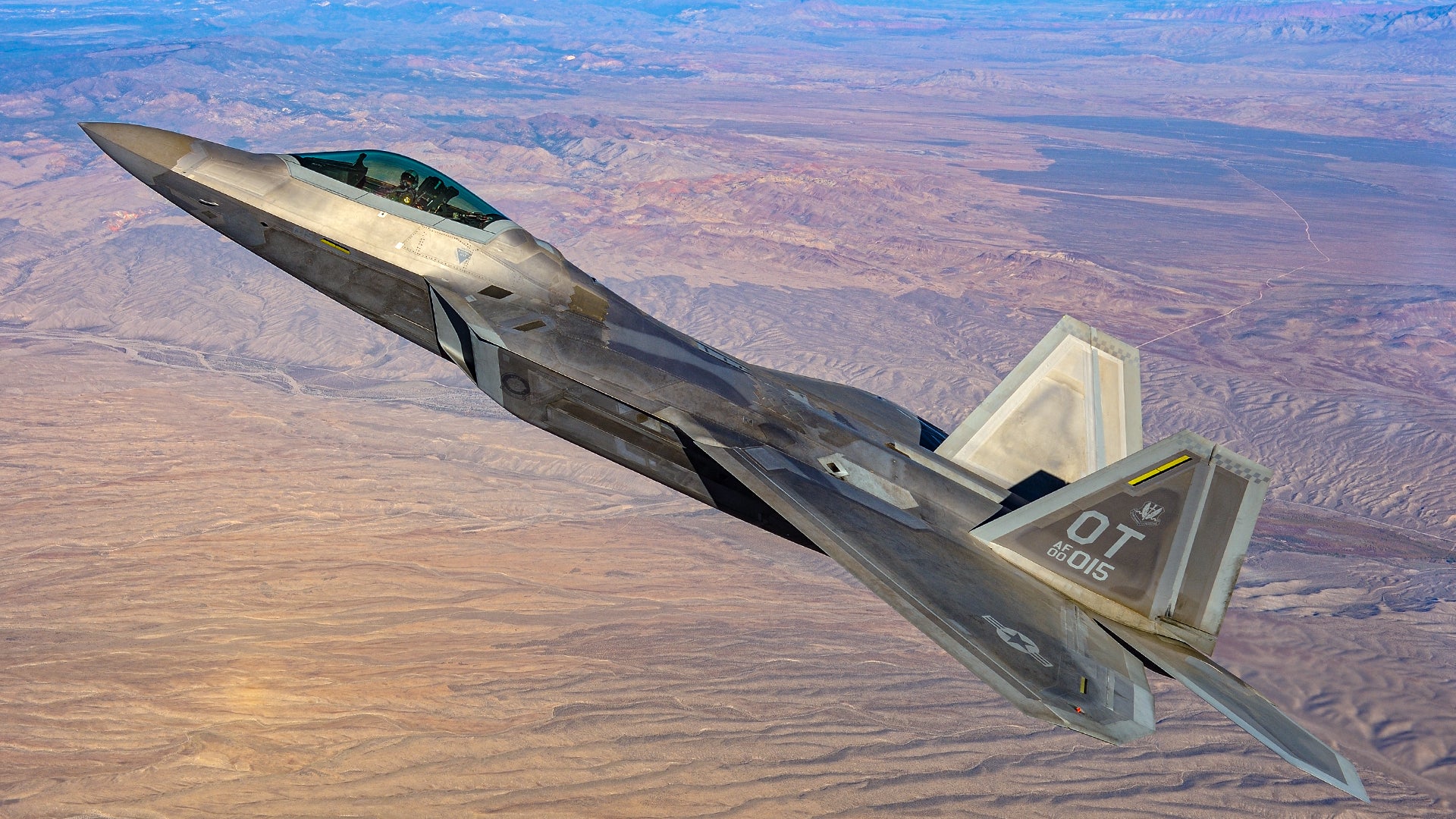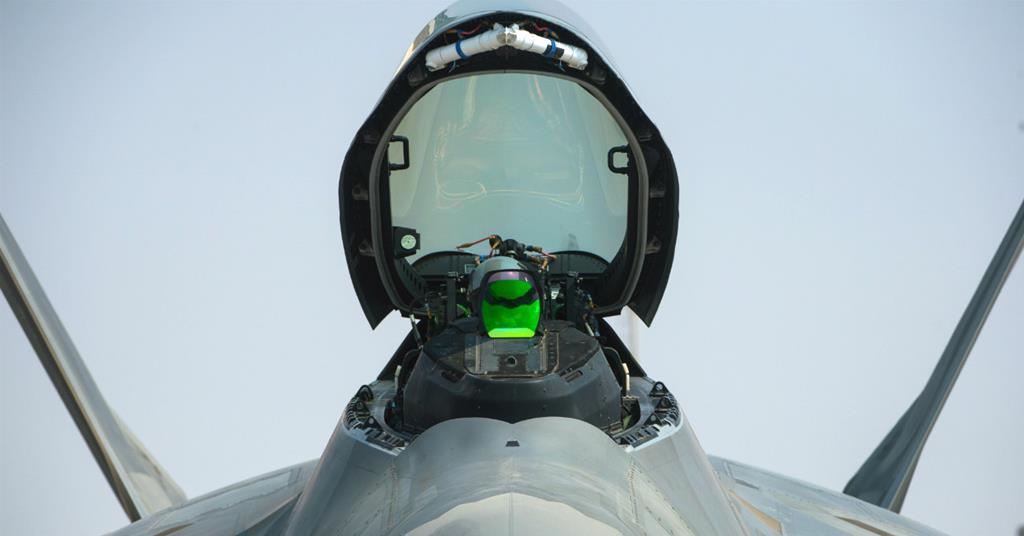- Joined
- 16 April 2008
- Messages
- 8,388
- Reaction score
- 10,310
Muon detectors? Now we're finally getting some star trek tech. They only live for milliseconds.GPS alternative PNT is a big field these day. You can supplement inertial with star trackers, terrain reference cameras, magnetic anomaly detectors, and even cosmic ray muon detectors.
Cosmic rays generate them in the upper atmosphere, and there are tricky games you can use to measure the angle the rays are hitting at, which provides positioning information. Turns out it could be useful at higher latitudes where Navstar GPS is sketchy.
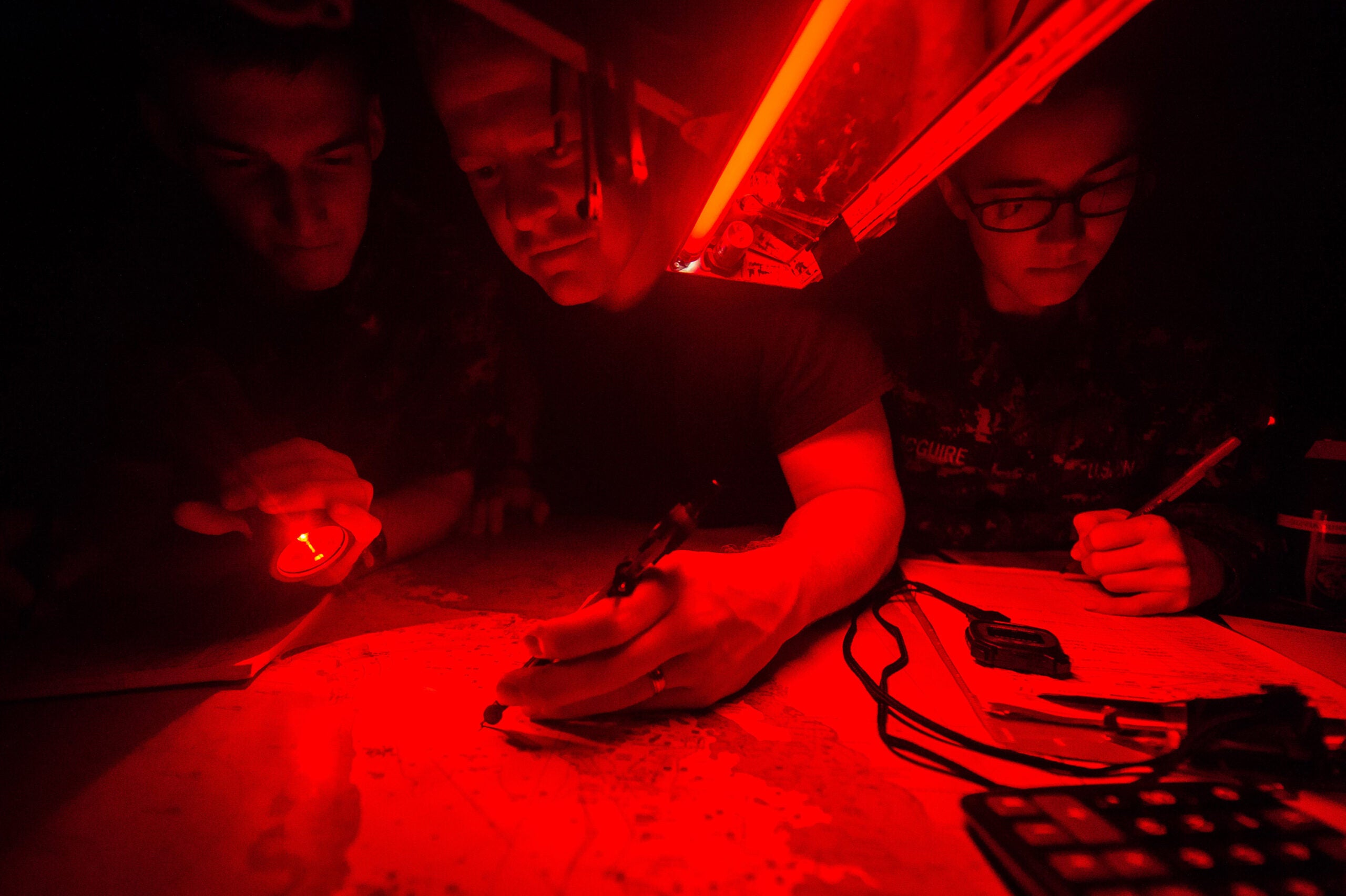
The Navy is testing a GPS-like device that doesn’t require satellites
The Navy is studying muons, a natural source of radiation that, unlike GPS, can be used deep underground or in the Arctic.

